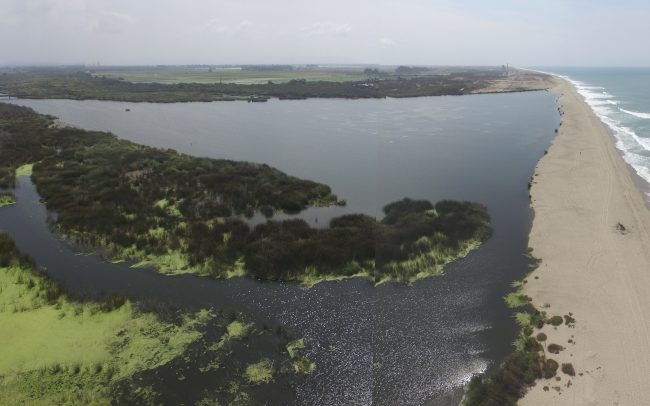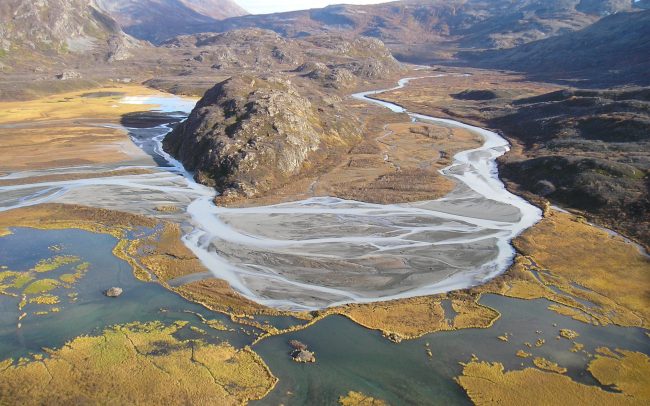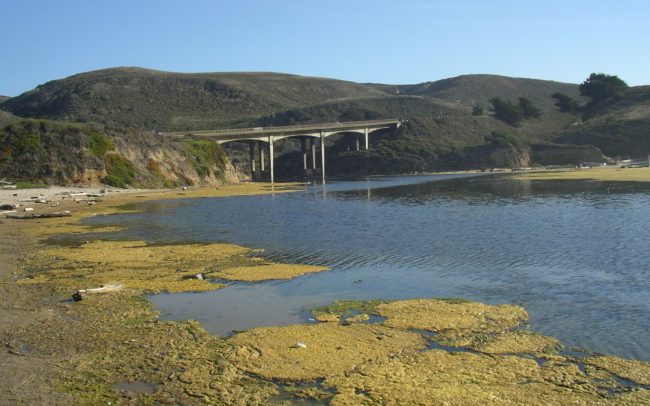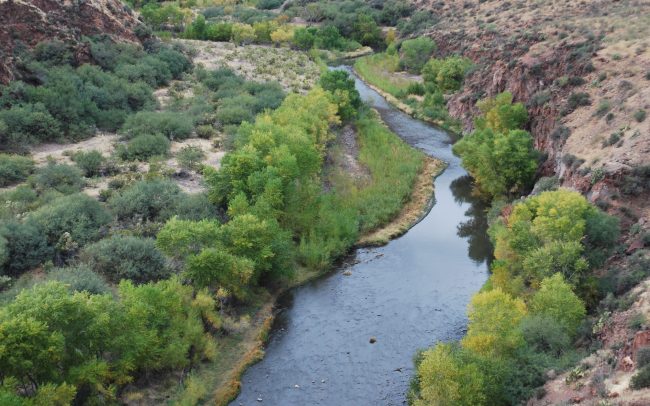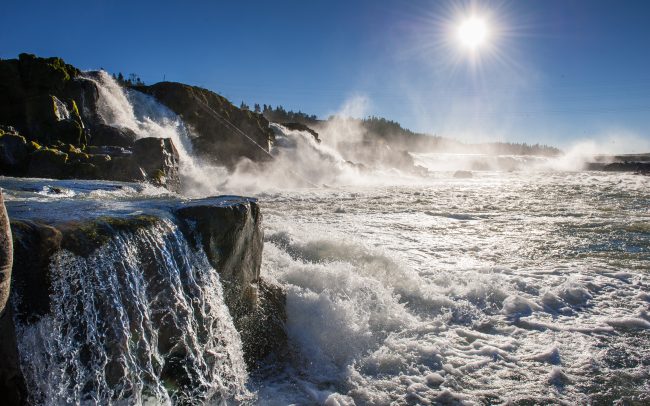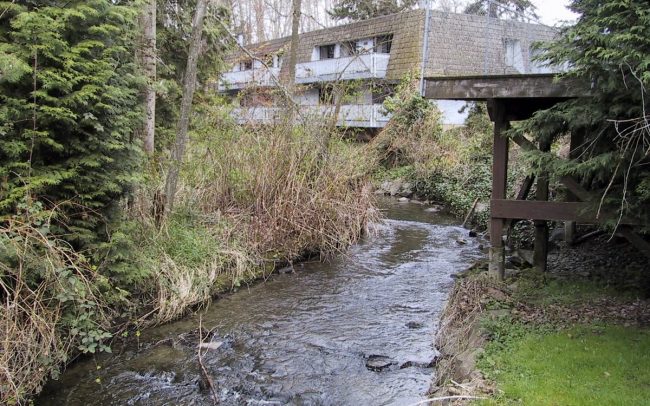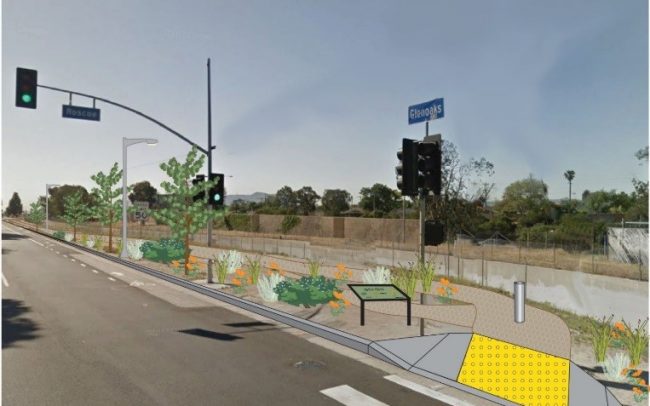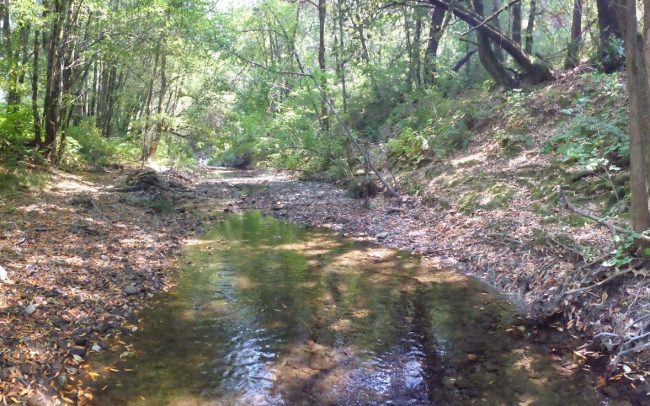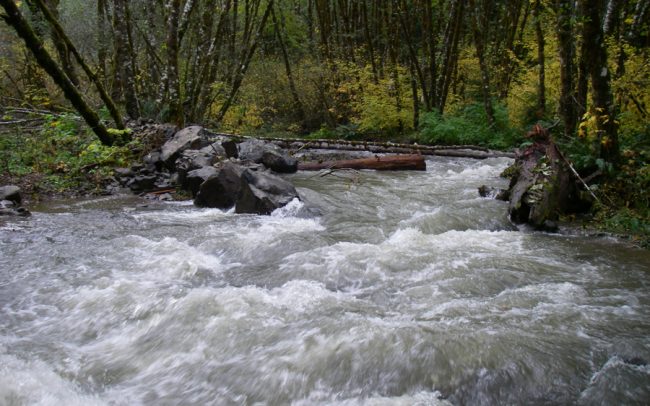Stillwater Sciences has been conducting fishery- and geomorphic-related research on the Tuolumne River for over 20 years. Stillwater scientists’ work on the river began in 1986, and has included the following components: (1) fall-run Chinook salmon ecology research, including redd superimposition studies, stranding surveys, entrapment, outmigrant survival, and spawning substrate permeability and incubation conditions; (2) research in support of coarse and fine sediment management (in partnership with McBain Associates); (3) design and monitoring of large-scale channel restoration projects; (4) salmon predator surveys and design of predator exclusion measures; (5) ongoing routine invertebrate and fish monitoring; and (6) Don Pedro Project relicensing and La Grange Project licensing strategic, scientific, and regulatory support.
In the late 1990s FERC relicensing of the then New Don Pedro Project, Stillwater worked with the state, federal, and NGO participants to develop a comprehensive understanding of how different sources of mortality throughout the life history of salmon affected their population dynamics, including population modeling. Based on our focused, hypothesis-driven research program, Stillwater developed a suite of enhancement measures including a tailored flow regime, channel restoration, and experimental measures to reduce predation and redd superimposition, which were incorporated into the successful settlement agreement. The agreed-upon flow regime made the most effective use of flows and combined the benefits of the revised flow schedule with non-flow measures to increase salmon abundance in the river.
Stillwater is providing ongoing support for the current relicensing of the Don Pedro Project under the FERC Integrated Licensing Process (ILP). Stillwater scientists developed sections of the Pre-Application Document (PAD) and license application covering aquatic resources, geomorphology, and riparian resources. Stillwater developed associated study plans, provided support to proceedings associated with study dispute resolution, developed stakeholder consultation workshop protocols, and conducted several of the studies that were adopted.
Studies recently conducted by Stillwater scientists include: spawning gravel studies to evaluate coarse sediment supply and transport as well as fine sediment accumulation; a study to evaluate large woody debris (LWD) trapping in Don Pedro Reservoir in relation to downstream in-channel conditions; stream habitat evaluation using instream flow and habitat modeling techniques; evaluation of floodplain inundation area, duration, and frequency under alternative hydrologic conditions using GIS and 2D modeling tools; a salmonid information synthesis study to prioritize factors affecting population levels; two studies to develop individual based Chinook salmon and O. mykiss production models to evaluate population response to changes in Project operations as well as potential habitat restoration strategies; a study of otolith microchemistry to separate hatchery origin fish and determine emigrant fry/parr/smolt contributions to subsequent escapement; a scale collection study to determine the age class composition of O. mykiss in the lower Tuolumne River; as well as a riparian resource inventory using a combination of field transects and aerial imagery.
Stillwater is currently providing ongoing technical support for the Don Pedro Project relicensing in developing appropriate mitigation, restoration, and management strategies to support water supply, hydroelectric and sensitive aquatic beneficial uses.

